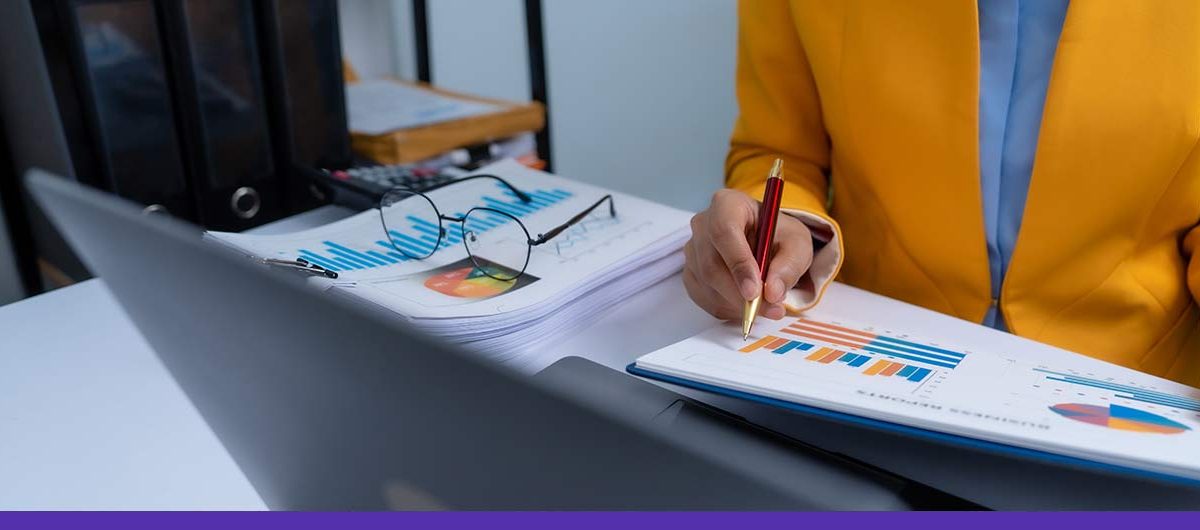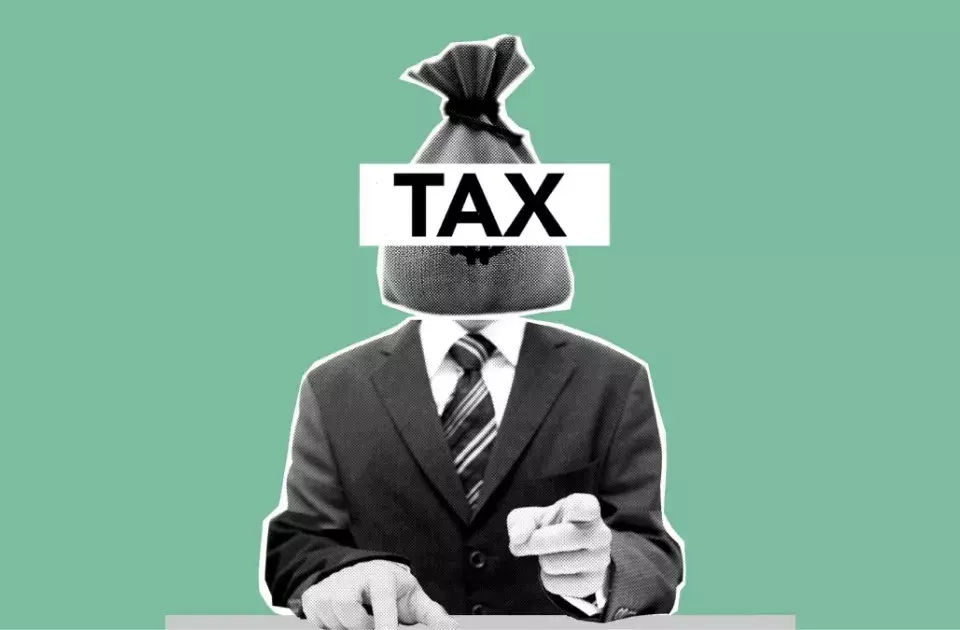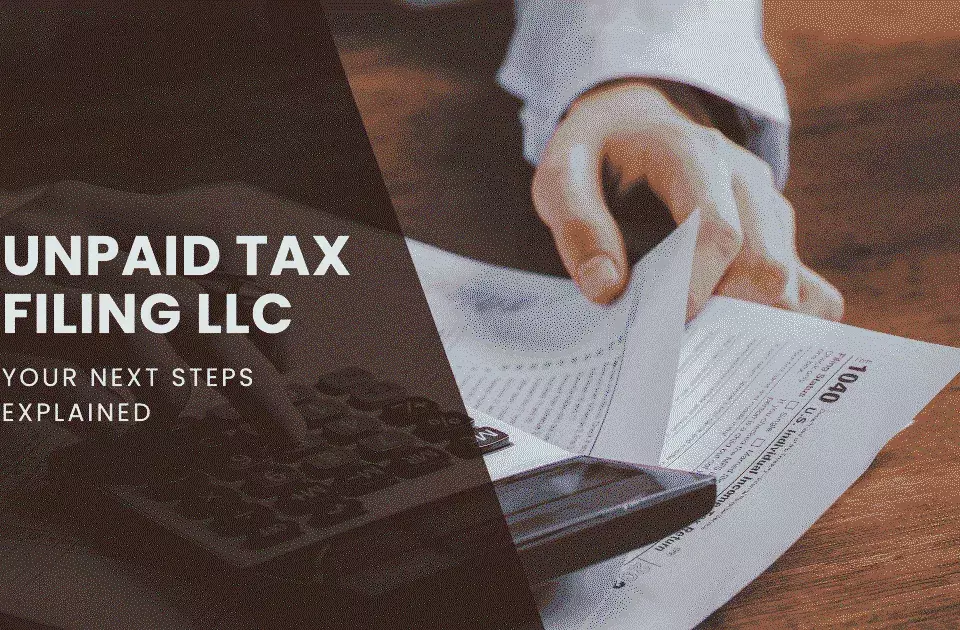Account Reconciliation: A Detailed Guide

Financial Forecasting: Guide To Achieve Your Business Goals
October 5, 2023
Year-to-date: What It Means And How To Calculate It
October 12, 2023Account Reconciliation: A Detailed Guide
Accountants and bookkeepers use “account reconciliation” to ensure all the transactions are recorded correctly in the company’s financial records. It helps keep track of the company’s money and ensures everything is in order. They do this reconciliation at the end of each month and year to ensure everything is correct. They can also use special computer programs to help with this. These programs keep a record of all the changes and help make sure everything adds up. Let’s learn more about it!
What is reconciliation in accounting and how does it work?
Account reconciliation is like ensuring all the money numbers in a business match up. It’s important because it helps track money and ensure everything is correct.
Reconciliation means checking if the money in the books matches bank statements and other records. They keep a schedule of how the money changes, like when it goes up or down. They compare the money in the company’s records to the money in the bank and other important documents. They also track how the money changes over time, like when it goes up or down. For example, when checking the bank account, they ensure all checks have been cashed and all deposits are recorded. They also look out for any bank fees or mistakes. For short-term investments, they compare the company’s records with statements from investment firms or banks to make sure everything is correct. Account reconciliation helps ensure the company’s money is managed properly and everything is in order.
Types of Reconciliation
There are different kinds of money checks, like:
1. Checking if the bank’s money matches the company’s money.
2. Making sure short-term investments are right.
3. Checking customer money owed (accounts receivable).
4. Counting and checking the stuff a company has in stock (inventory).
5. Keeping track of things a company owns (fixed assets) and their worth.
6. Checking prepaid expenses like insurance and ensuring they’re used upright.
7. Looking at special things a company owns, like patents or copyrights.
8. Checking what a company owes to others (accounts payable).
9. Keeping track of money the company has to pay later (accrued liabilities).
Why Is Reconciliation Important?
Reconciliation helps make sure all the money is counted right. It is important for financial statements and to control money inside the company. It’s like double-checking to avoid mistakes.
Money You Owe Others (Short-Term and Long-Term Loans)
In your record sheet, divide your loans into short-term and long-term. Start with the initial amount you owe for each. You can update it for any new loans or changes. Use a formula to decide if a loan will be paid back in the next year (short-term) or longer (long-term). Finally, see if the numbers match your overall financial records. If not, adjust them.
Ownership Shares
Ownership shares are money you’ve saved (retained earnings) and from investors (capital accounts).
Retained Earnings
For retained earnings, take your starting balance, add your profits, subtract your losses, and subtract any cash you’ve given out as dividends. Check your profits on your income statement and make sure dividends match your records.
Capital Accounts
Next, check your capital accounts. Start with the initial amount, add investments, subtract withdrawals, and adjust to match your overall records. These accounts include details about your company’s stock, investments, and treasury shares.
Account Reconciliation Issues
Account reconciliation problems often come from timing issues, missing or incorrect transactions, or mistakes in your records. Errors could include writing something down twice or counting an expense as an asset. Fix any accruals from the previous month to avoid issues.
Combining Financial Information
If you have multiple companies, you should combine special information. This process, called consolidation, can be done using software or spreadsheets. Make sure to handle transactions between the companies properly.
Bank Statements Must Match Your Records
It’s crucial to make sure your bank statements match your financial records. If they don’t, you risk missing fraud or errors. Inaccurate records can also mess up your cash flow.
Why We Reconcile
Account reconciliation is all about making sure your financial statements are accurate. It helps prevent mistakes and fraud. Reconciliation is a part of the whole accounting process. During this process, you ensure your records match external documents, like bank statements, and fix any errors.
Fixing Errors
If you find errors during reconciliation, you can correct them in your general ledger by adjusting entries. Or, if the mistake is in a sub-ledger, fix it there.
Balancing Act
The totals of your accounts in the general ledger should always match up – the money coming in (debits) should equal the money going out (credits).
Auditors Check Reconciliation
During an annual audit, auditors review your account reconciliation to ensure everything is up and up. They’ll review your trial balance, general ledger, and other records to ensure accuracy.
Conclusion
Account reconciliation is a critical process ensuring financial records’ accuracy and consistency. It involves comparing financial data sets, such as bank statements and internal records, to identify and rectify discrepancies. By reconciling accounts regularly, businesses and individuals can maintain financial integrity, detect errors or fraud, and confidently make informed financial decisions. For more information and new insights on ongoing accounting and financial topics, contact Monily at info@monily.com or visit monily.com.
Also Read: A Comprehensive Guide To Reconciliation In Accounting
Farwah Jafri
Farwah Jafri is a financial management expert and Product Owner at Monily, where she leads financial services for small and medium businesses. With over a decade of experience, including a directorial role at Arthur Lawrence UK Ltd., she specializes in bookkeeping, payroll, and financial analytics. Farwah holds an MBA from Alliance Manchester Business School and a BS in Computer Software Engineering. Based in Houston, Texas, she is dedicated to helping businesses better their financial operations.




